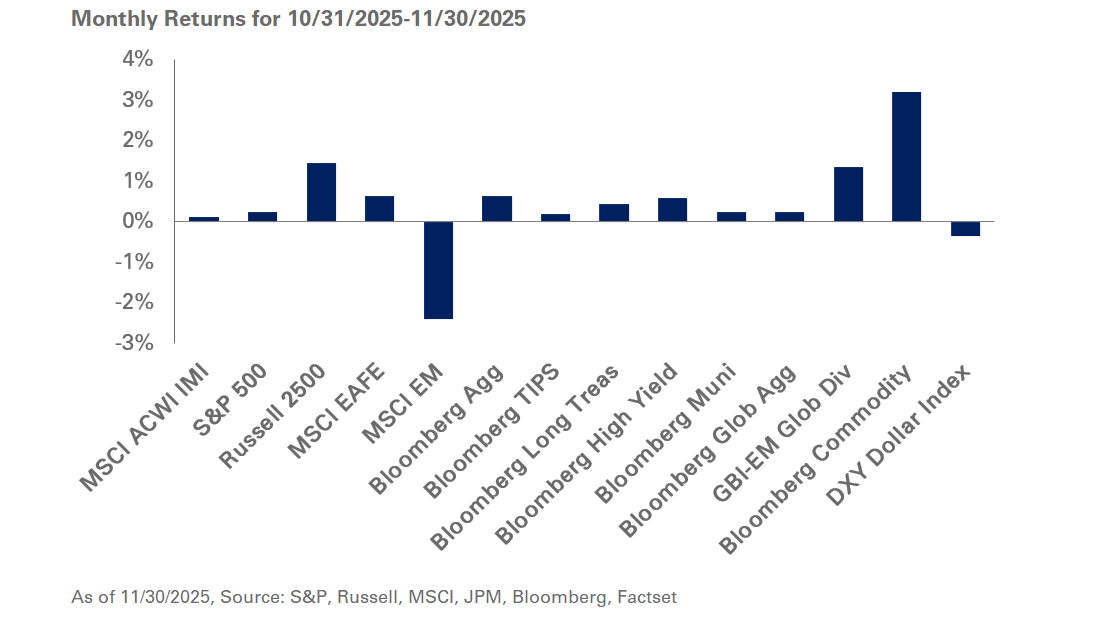At NEPC, the purpose of our Endowments and Foundations practice is to empower our clients with solutions for their complex investment and financial needs. Our best ideas are often the result of collaboration and sharing of viewpoints across different teams within the firm.
We believe governance serves as a cornerstone of a successful investment program. This statement is especially poignant in today’s environment, given the confluence of market turbulence, evolving external pressures and organizational desires to balance short-term needs with long-term goals.
We wanted to find out how community foundations are deploying governance strategies in the current environment. To that end, we recently continued our series of roundtables, bringing together our clients to discuss the creative solutions they are using as they strive to better serve their communities. Following are some key themes that emerged from our discussion.
Current Challenges from a Governance Perspective
To get started, we asked roundtable participants to share how their foundations are approaching portfolio management in the current environment. One financial challenge participants noted is more variability in cash inflows and outflows over recent months, largely attributable to a changing donor base. Although the foundations expanded their donor base, many donors gave smaller amounts, which has impacted the velocity of cash flows. Participants also said an uptick in third-party alliances, whose cash flows tend to be targeted and shorter-term, has led to lower endowed assets and impacted cash flows. The largest impact, however, has been an increase in donor-advised funds, where foundations have the least visibility into cash flows.
Some participants also reported that racial equity and social impact have become significant points of focus for donors, although other leaders specifically noted that the demand for environment, social and governance (ESG) funds has stayed low for their foundation. Still, foundations are keenly aware of the need for diversity within their investment committees and among their asset managers.
Despite this increased focus on social issues, investment performance remains highest in importance for community foundations. Participants said that achieving desired performance levels has been a challenge in the current market environment. Lower returns, higher inflation and variable cash flows have converged to create new liquidating and spending issues for foundations.
Preparing for the Future
The current market environment has affected foundations’ spending and grant-making activities. Multiple leaders said investment committees are not expecting to change their spending policy, although they were willing to consider changing spending percentages as markets shifted. To underscore this position, in a broader survey conducted by NEPC, 83% of foundation respondents said they do not expect to adjust their spending rate for inflation/risk concerns. However, boards and investment committees were slightly less certain than senior leaders and investment staff that foundations could maintain this posture. For many leaders, the biggest concern was ensuring that spending would not outpace asset growth, particularly as inflation stays high and markets remain volatile.
From a business perspective, community foundations are facing many of the same issues as for-profit institutions: rising costs and higher employee turnover are forcing key decision makers to challenge processes and structure. Shifting governance and program policies are also a consideration for many foundation leaders as they plan for the next few years. For example, one foundation shared that higher senior level employee-turnover has led to internal leaders, investment committees, and boards being stretch too thin. This has led to a shift in roles and responsibilities, whereby their board no longer approves grants; instead, internal staff works closely with committees in the grant-approval process. Another said that the rise of donor-advised funds and managing federal grants could raise new issues around compliance.
Foundation leaders continue to look to NEPC to lead the discussion on social impact within the context of their portfolios. One foundation reported that NEPC has been helpful in improving their scorecard ratings, taking their allocation to diverse managers from 4% to 49% in just over one year. Still, foundation investment committee members are seeking guidance as they revamp their social impact portfolios and address the need for balance between returns and making a difference in their communities.
Key Findings
The robust roundtable discussion with community foundation leaders yielded three primary takeaways:
- The velocity of cash flows remains a significant item of concern for foundations. Still, foundations continue to make a large impact on the communities they serve, due to several consecutive years of strong giving by donors.
- Social impact investing will continue to be a focal point for foundation investment committees in the coming years. While many foundations have increased diversity within their portfolios and on their boards, most have much more work to be done.
- Foundations are looking for guidance as they balance the requirement for growth with the needs of their community. NEPC plans to remain at the forefront of this conversation, helping clients develop and maintain a governance framework for their organizations.
2022 Governance Survey Results
The viewpoints noted above were reinforced in NEPC’s 2022 Governance Survey, which examined how institutions like pensions, endowments, foundations and healthcare organizations are making strategic investment decisions and engaging with investment consultants to preserve and grow their capital across different classes and market cycles. Click here to download your copy of the 2022 Survey Results.



